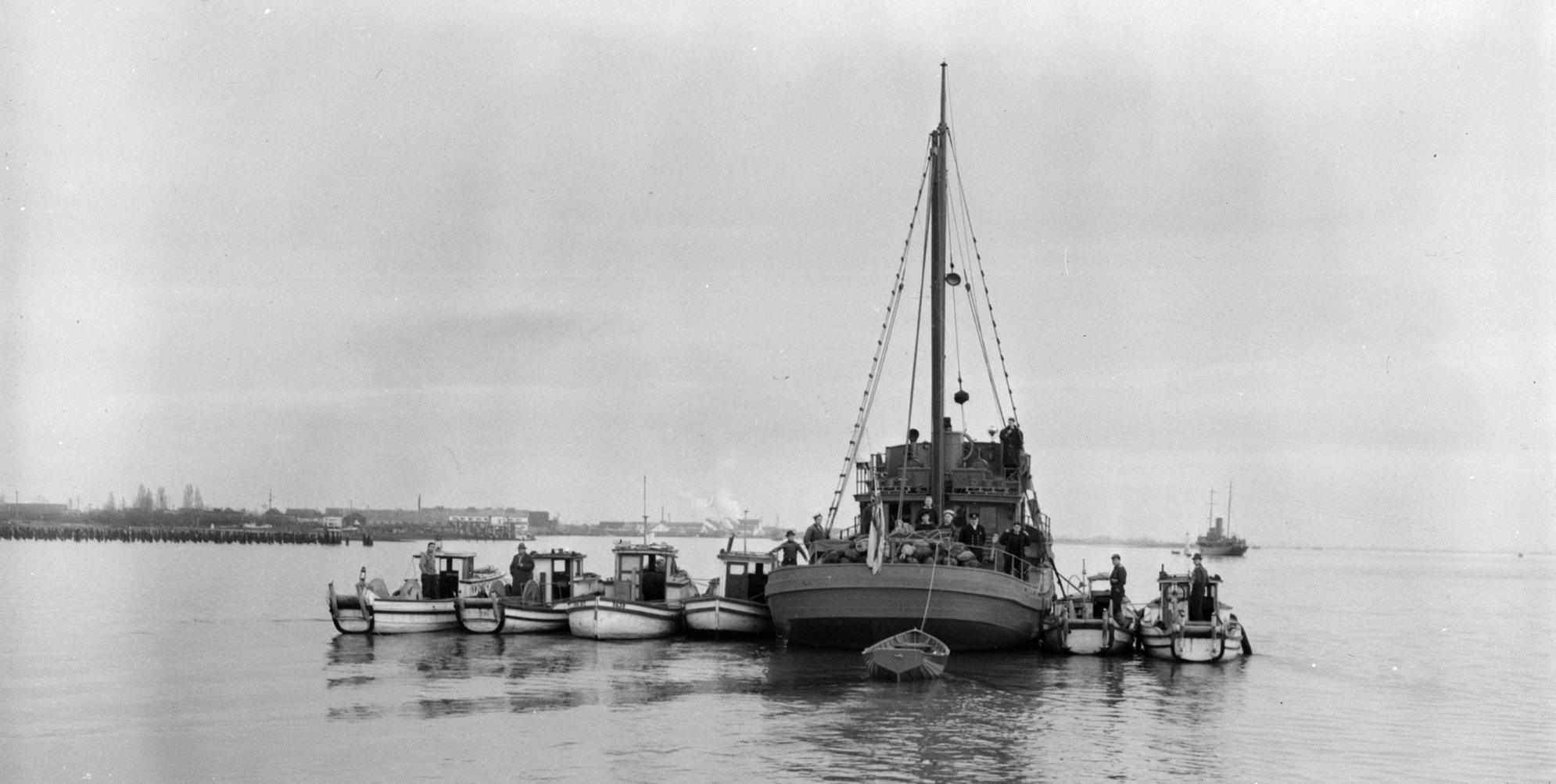1941 seizure of 1,200 Japanese fishing vessels explored through extraordinary collection of historic photographs, model ships, and replica documents
The Vancouver Maritime Museum proudly announces its world premiere exhibition The Lost Fleet, on display March 24, 2017 – March 25, 2018. On December 7, 1941 the world was shocked when Japan bombed Pearl Harbour, launching the United States into the war. This action also resulted in the confiscation of nearly 1,200 Japanese-Canadian owned fishing boats by Canadian officials on the British Columbia coast, which were eventually sold off to canneries and other non-Japanese fishermen. The Lost Fleet looks at the world of the Japanese-Canadian fishermen in BC and how deep- seated racism played a major role in the seizure, and sale, of Japanese-Canadian property and the internment of an entire people.
“The history of Japanese-Canadian fishermen is inextricably linked to the history of Vancouver. The city was a gateway in the Pacific for all immigrants looking to forge a brighter future for themselves,” says Duncan MacLeod, Maritime Museum Curator. “The seizure of Japanese-Canadian fishing boats in BC had been on a list of important topics we were considering for an exhibition. The process of deciding on an exhibition took place during the rising crisis in Syria, and the contemporary discussions of an influx of non-white immigrants bore a strong resemblance to the rhetoric used when speaking about the Japanese and other Asian immigrants in the 20th century prior to WWII.”
This unique exhibition will showcase a series of photographs as well as several models of Japanese- Canadian-built fishing vessels in its collection, made by the late model shipbuilder, Doug Allen. The beautifully crafted models replicate some of the fishing boats seized during the war that have since been lost to history. Visitors will see replicas of the registry created in order to redistribute the seized boats. The display will also include shell fragment from Estevan Point lighthouse. In June 1942, a Japanese Imperial submarine fired shells at the lighthouse, just shortly after it had attacked a US merchant vessel in the Strait of Juan de Fuca. This artifact highlights the little known fact that enemy fire did land on Canadian soil during WWII, and adds a level of reality to the threat that was feared by many in BC.
The legacy of this tragic event will also be explored: what lessons have been learned and how Canadian society has changed because of this experience? Visitors will be encouraged to consider whether the present political and economic climate is very different today; current legislation, policies and public sentiment about immigration invites the question of whether this type of injustice could be carried out against other groups.
About The Vancouver Maritime Museum (vancouvermaritimemuseum.com)
Since 1959, The Vancouver Maritime Museum Society has worked to preserve and tell the Maritime History of the Pacific Northwest and Arctic. The museum opened in 1959 as a provincial Centennial project. In 1972, the Vancouver Museums and Planetarium Association assumed management of the museum on behalf of the City of Vancouver. In 1974, a separate Vancouver Maritime Museum Society was formed. In 1987, the VMPA split into three institutions, with the society board assuming management on behalf of the City. The musuem’s staff and Board of Trustees work to improve the museum, create a bright future, and strengthen the connection of our maritime history to the world today.
About Duncan MacLeod
Duncan MacLeod was born and raised in Vancouver. He completed his undergraduate degree at UBC, studying ancient history, cultures and languages. While at UBC, Duncan participated in two archaeological excavations: one in Greece and one in BC. After finishing his undergraduate degree Duncan traveled to England to pursue a master’s degree in Classical Archaeology at Oxford University. Upon returning to Vancouver, Duncan began a year-long internship at the SFU Museum of Archaeology and Ethnology where he helped to redesign the displays and layout of the museum. In September 2013, Duncan was hired at the Vancouver Maritime Museum as a Collections Associate to work on the implementation of a new collections database and in June 2014 he assumed the curatorial duties at the museum. Duncan has curated several major exhibitions at the Vancouver Maritime Museum including “Across the Top of the World,” which has been turned into an international travelling exhibit. Duncan has also been a guest lecturer for the Underwater Archaeological Society of BC and onboard a Northwest Passage Arctic cruise tour.



The Vancouver Maritime Museum presents The Lost Fleet March 24, 2017 to March 25, 2018
March 23, 2016 at 6pm

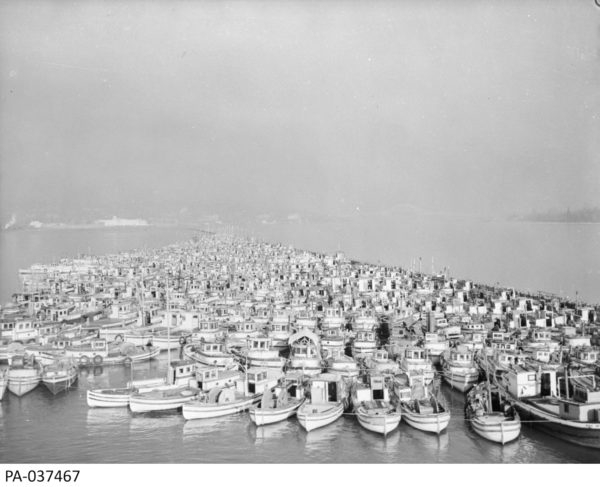
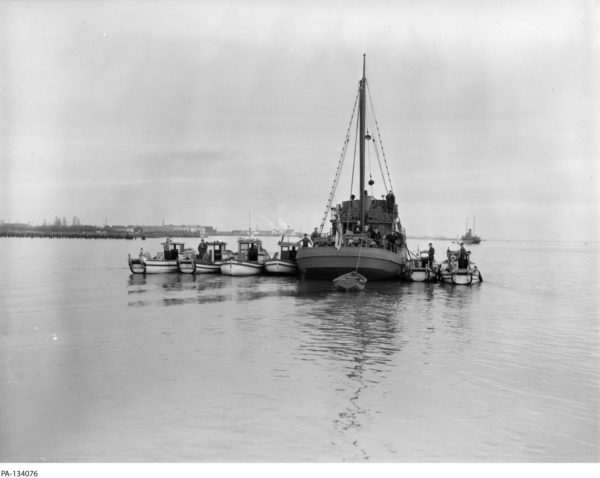
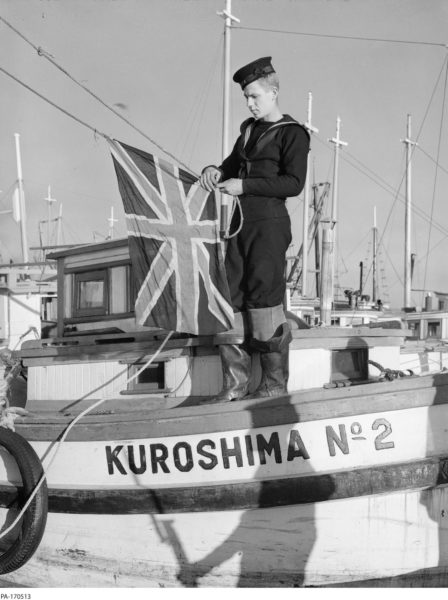
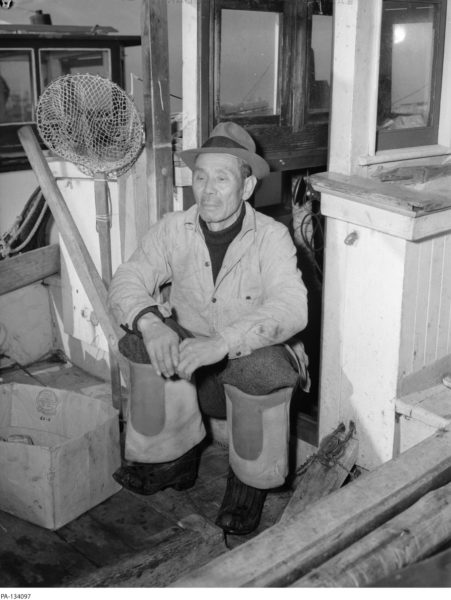
Artifacts:
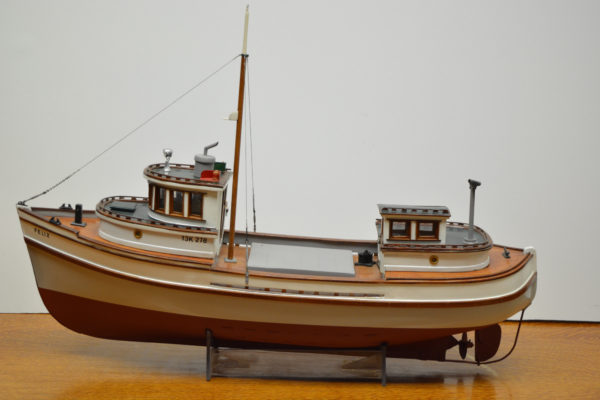
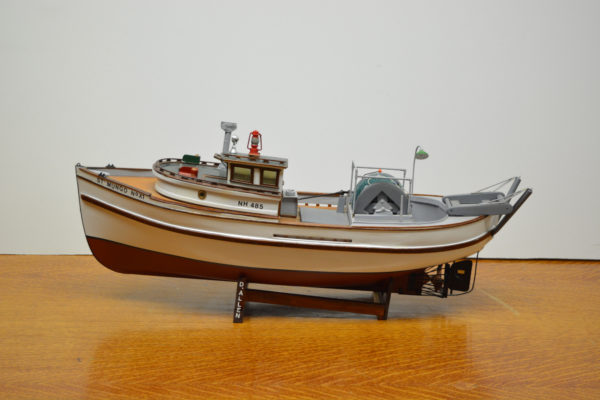
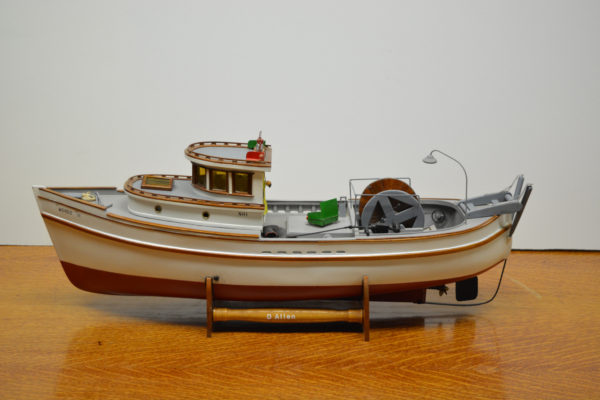
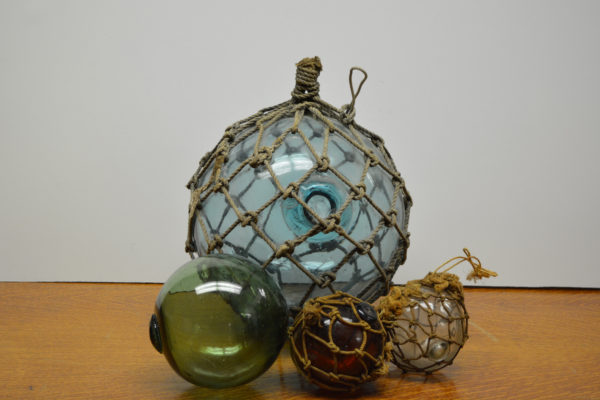
are 4” wide x 4.5” high, middle size is 5” wide x 6” high.
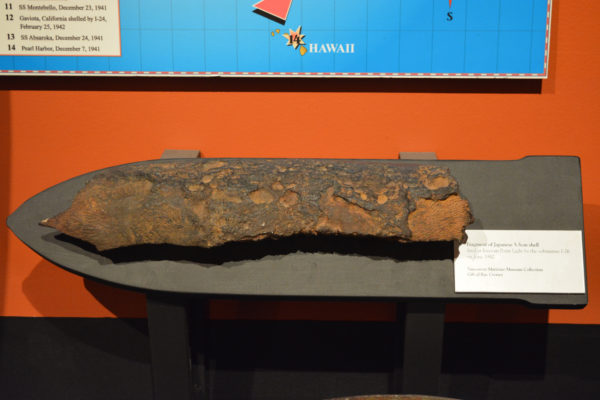
16.5” long x 4” high

